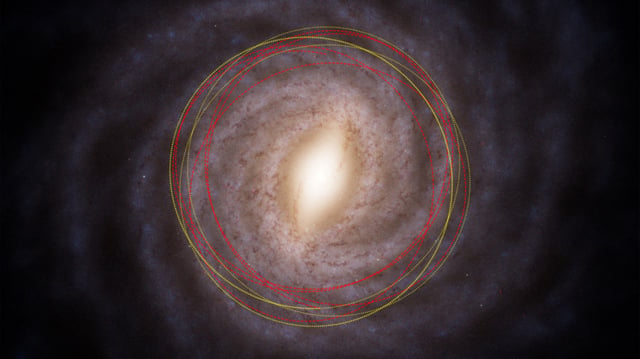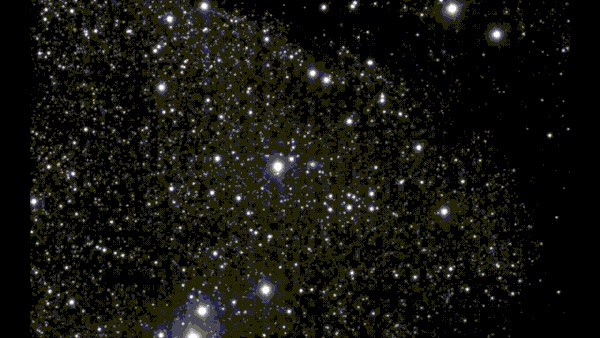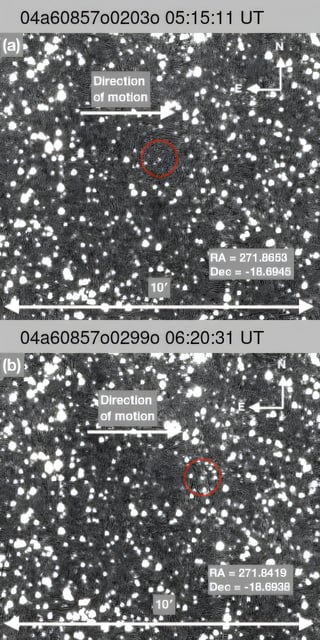Overview
- 3I/ATLAS has begun active outgassing, with sunlight-driven sublimation producing a luminous coma and extending tail.
- NASA’s Hubble and James Webb space telescopes joined major ground-based facilities in coordinated campaigns to monitor its evolving activity and composition.
- Trajectory analysis using the Ōtautahi–Oxford model and Gaia stellar data traces the comet to the Milky Way’s thick disk and estimates its age at 7.6–14 billion years.
- The object is projected to reach perihelion inside Mars’s orbit in October 2025 at about 57 km/s, providing a months-long window for detailed study.
- Its predicted water ice–rich composition offers a rare opportunity to examine primordial material from an ancient galactic environment



